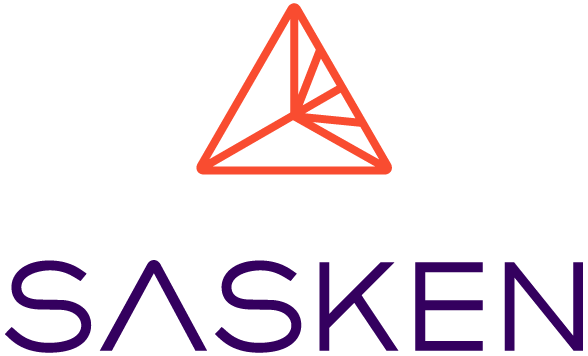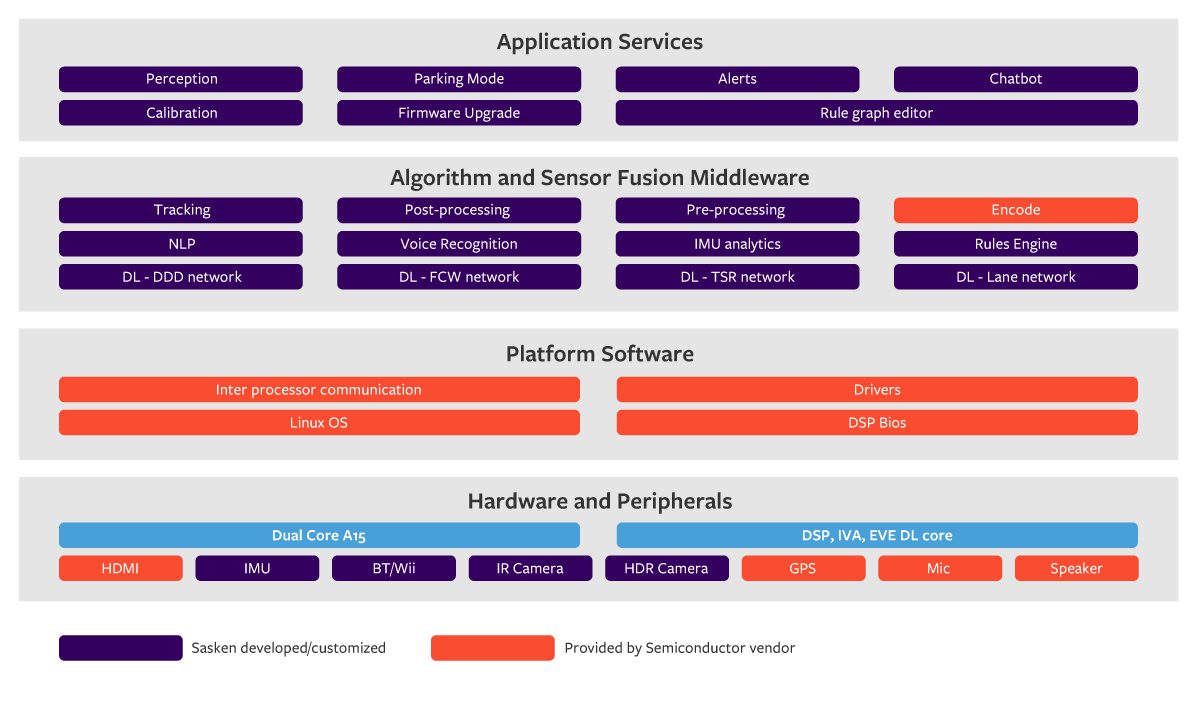ADAS & AUTONOMOUS
In the past five years alone, major automakers and technology giants have invested $50 billion in developing autonomous vehicles. This race to achieve vehicle autonomy and to be among the first to launch commercially available autonomous vehicles has resulted in rapid innovations in chip design, sensors, AI-based computer vision-based solutions, etc., which are crucial for realizing vehicle autonomy.
Artificial Intelligence and Cognitive Sciences are powering latest ADAS/Autonomous solutions fusing and interpreting data from multiple sensors. However, this presents various challenges to Automotive manufacturers such as managing the complexity of neural networks, cost of developing and validating ADAS solutions, lack of control on core technology, complexity in porting solution to semiconductor platform integrating cameras/Radar/LiDAR, improving test coverage, etc. Thus, they are challenged to respond more quickly to a larger number of applications and shorten development cycles, while retaining quality and keeping their overall investment under control.
Leveraging its partnerships with leading silicon vendors, Sasken enables OEMs and Tier-1s to accelerate product development by using Perception Engine/Module that integrates computer vision, radar, lidar sensor, connectivity, mapping and path planning technologies.


